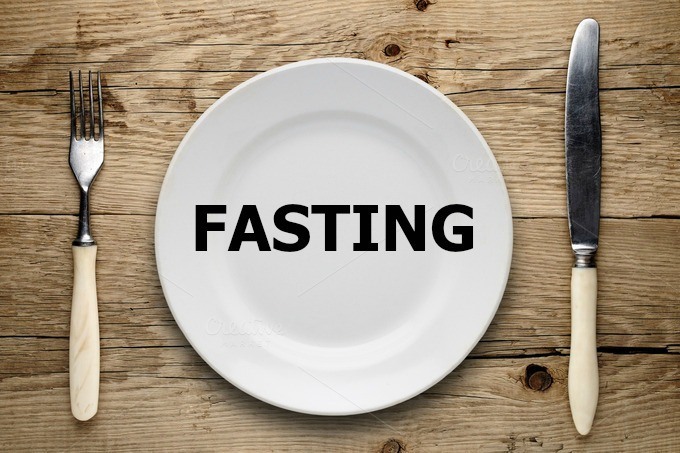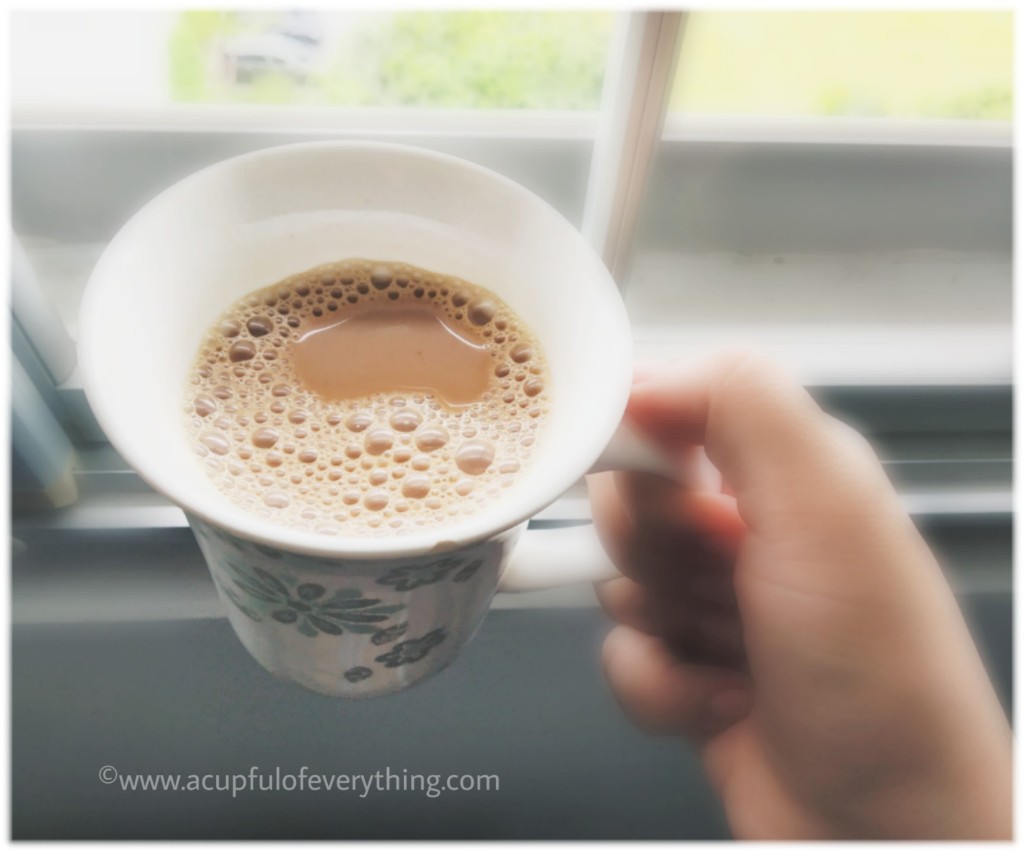*Disclosure* Some of the links in this post might be affiliate links. This means that if you click on the link & make a purchase, I’ll receive some commission- at no extra cost to you, which helps me cover the costs for this blog.
How many of us introspect or decide to be grateful for the things we have received? How many things in our life do we take for granted?
I certainly am guilty of taking the good stuff in my life for granted and complaining about the things I lack. I have done it for the longest time, especially when I was unaware of the power of gratitude.

Gratitude is powerful. Much more powerful than we realize. It has the power to change your mood & uplift your mind. Gratitude has the power to heal.
Gratitude doesn’t mean that we become delusional or brush away our problems. Being grateful means being aware of negativity & still choosing positivity. Gratitude means being grateful despite our problems.
To keep ourselves positive during the current COVID pandemic, practicing gratitude is essential. Whenever we feel that we are slipping into an abyss of negativity, depression, anxiety or dissatisfaction, gratitude is our anchor.
Here are 4 effective ways to practice Gratitude:
1.Gratitude Journal
This is by far the most talked about method of counting your blessings or expressing gratitude. Maintaining a gratitude journal and writing about the things you are grateful for can be of a great help.
Sit comfortably in a quiet place or close to a window to get a view of the outside world. Light some candles or turn on your favorite music. Close your eyes for a few minutes and mentally run through everything in your life that you are thankful for.
It could be your family, friends, your pet or even material items like your cozy home, your car, the latest gadget in the kitchen, the places you have visited, the cuisines you have tasted, the books that you have enjoyed… it could be a seemingly trivial thing or a big milestone in your life.
Your gratitude journal doesn’t have to look like an article from a newspaper or like a book from the printing press. You do not have to bother about the grammar, nor run any spell checks . All you need to do is write and express your gratitude for every single item that has brought joy. The journal is for your eyes only.
You can scribble just a few lines or write multiple pages. You can journal every day or once every week. It doesn’t matter how many lines you write or how often you update your journal.
Gratitude journaling can also be modified as ‘bullet journaling.’ Write down your gratitude list as bullet points.
2. Gratitude Pot/Jar
You don’t have to run to the store to buy a fancy jar to implement this. A simple mason jar from your kitchen will work! If you like being artistic, you can paint/decorate your jar.
Below is a picture of my gratitude jar that I made a while back. It’s a simple earthen pot that I painted using acrylic colors.

The idea here is to make note of the items that you are grateful for. Take a small piece of paper and jot down what made you happy on that day. Fold the paper and drop it in the pot/ jar. Keep the jar/pot in a place where it will be visible to you. If you want, you can encourage your family members to add their gratitude notes as well.. Take a moment to think what you are grateful for on that day and write it down.
It is best to do this activity at the end of the day so that you have an overview of the entire day.
It could be as simple as- Today am grateful for
- The great coffee/food I had
- The new running shoes.
- The beautiful weather.
- The “me-time” after ages.
You can try this gratitude pot/jar activity for a period of 40/90 days or for an entire year. At the end of this period you can empty your pot and read all your notes. It feels great to re-live the happy moments & remember that you have so much to be grateful for.
3. Volunteer for a cause
I think any gratitude practice is incomplete without helping someone or volunteering for a cause. While donating to charity is also good enough, volunteering for a cause like opting to help the less fortunate in your own way (other than donating money) is the best way to practice gratitude.
I have personally experienced this when I taught Dance Movement Therapy for free to senior citizens at an NGO in Singapore over a period of 6 months.
The feeling of giving back to society is amazing & unmatched. When we help those who are in need, we have a realization of all the wonderful things we have. The unfortunate help us realize how fortunate we are. Volunteering also helps us become more empathetic to other people’s troubles & needs.
During this trying time, if possible, you can volunteer to help the poor & sick people; and/or the migrant labourers in your city/country by giving them food/groceries or helping them in other ways.
The possibilites of helping others during this time are endless & the happiness you get from helping others & the gratitude you feel when you realize how much you already have, is incomparable.
4. Gratitude meditation
Gratitude Meditation is a form of mediation where we focus on gratitude for what we are thankful for. There are numerous guided gratitude meditation videos available on YouTube. If you are beginner in meditation, I suggest short (10 min or less) videos.
Gratitude meditation is an extremely powerful tool, combining the benefits of meditation & the feeling of contentment you get when you are grateful.
It is definitely a great mood booster! 🙂
……………………………………………………………………

I hope you liked these 4 methods of practicing gratitude. When we intentionally practice gratitude, it is extremely powerful.
I know it is tough to practice gratitude especially when you are having a bad day or when we are faced with diffcult times like these. That is precisely the reason to practice it even more.
When we intentionally practice gratitude during a bad day/time, we become naturally more hopeful, happier & more resilient.
Practicing gratitude is like lighting a candle in a dark room. It will keep you warm, fuzzy & happy.

Do you practice gratitude? Have you used any of the methods listed here? I would love hear more about your gratitude practices. Please share it with me in the comments section below! 🙂






















